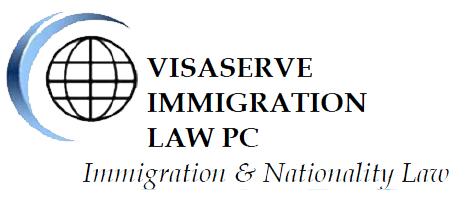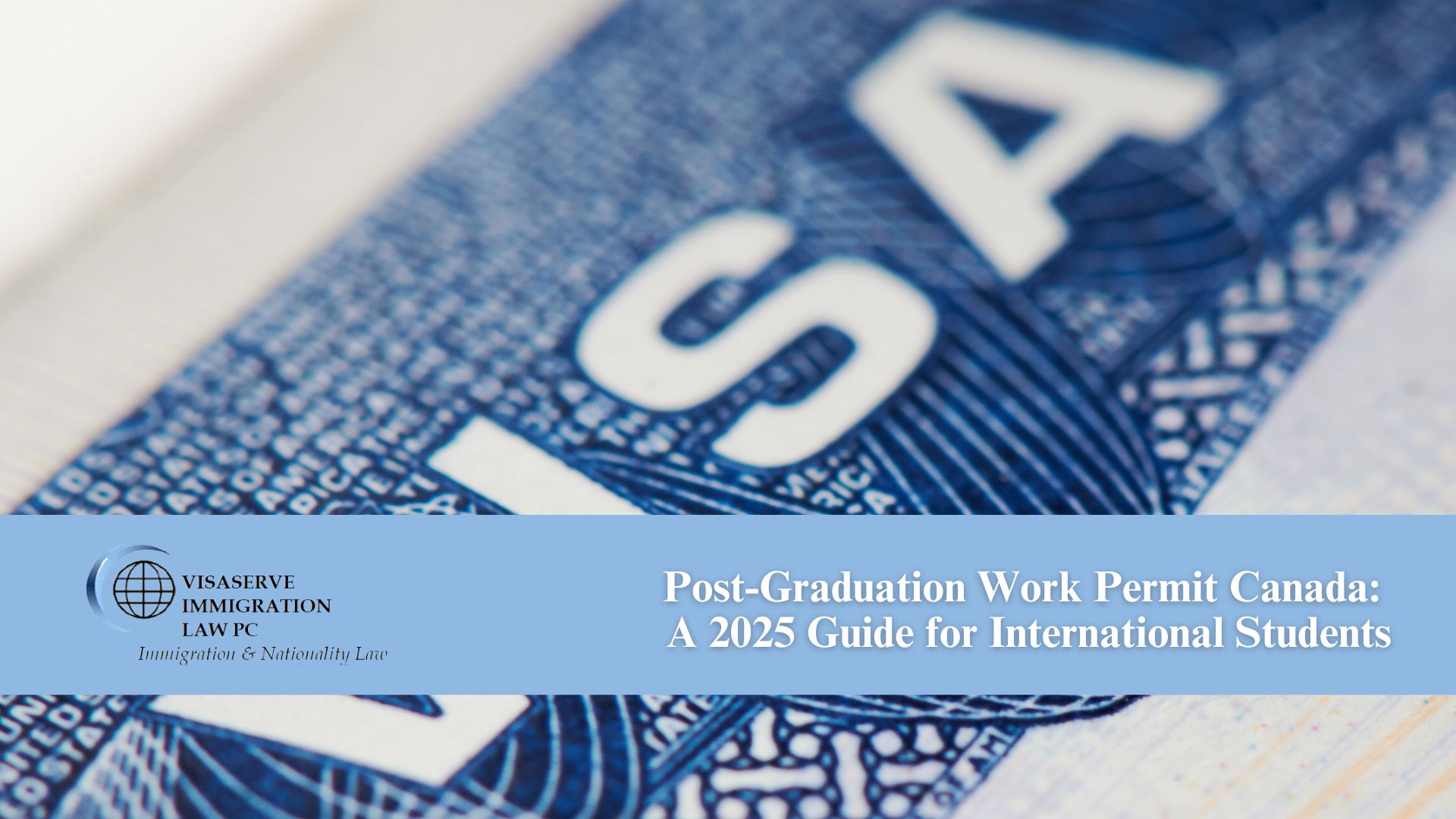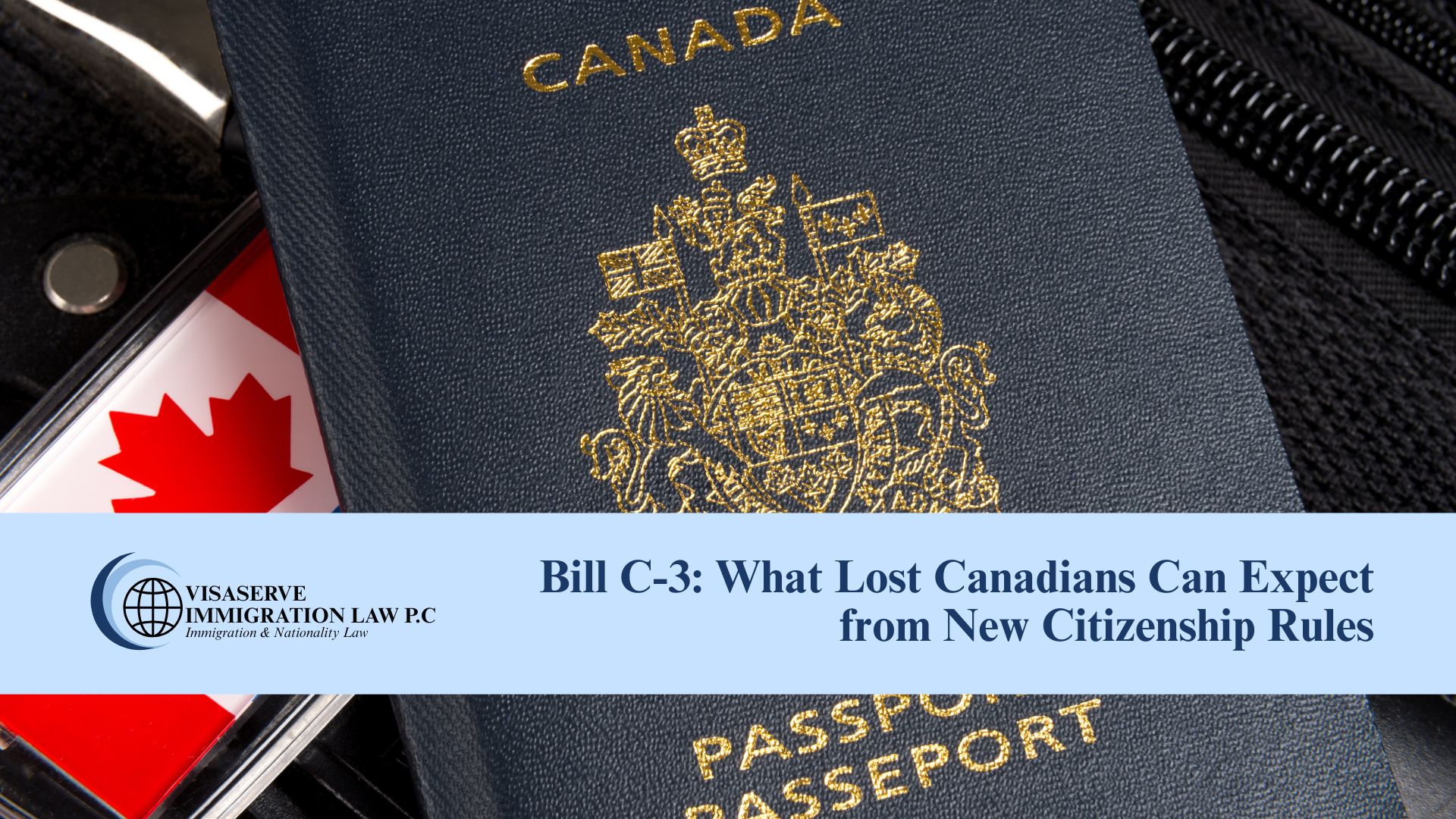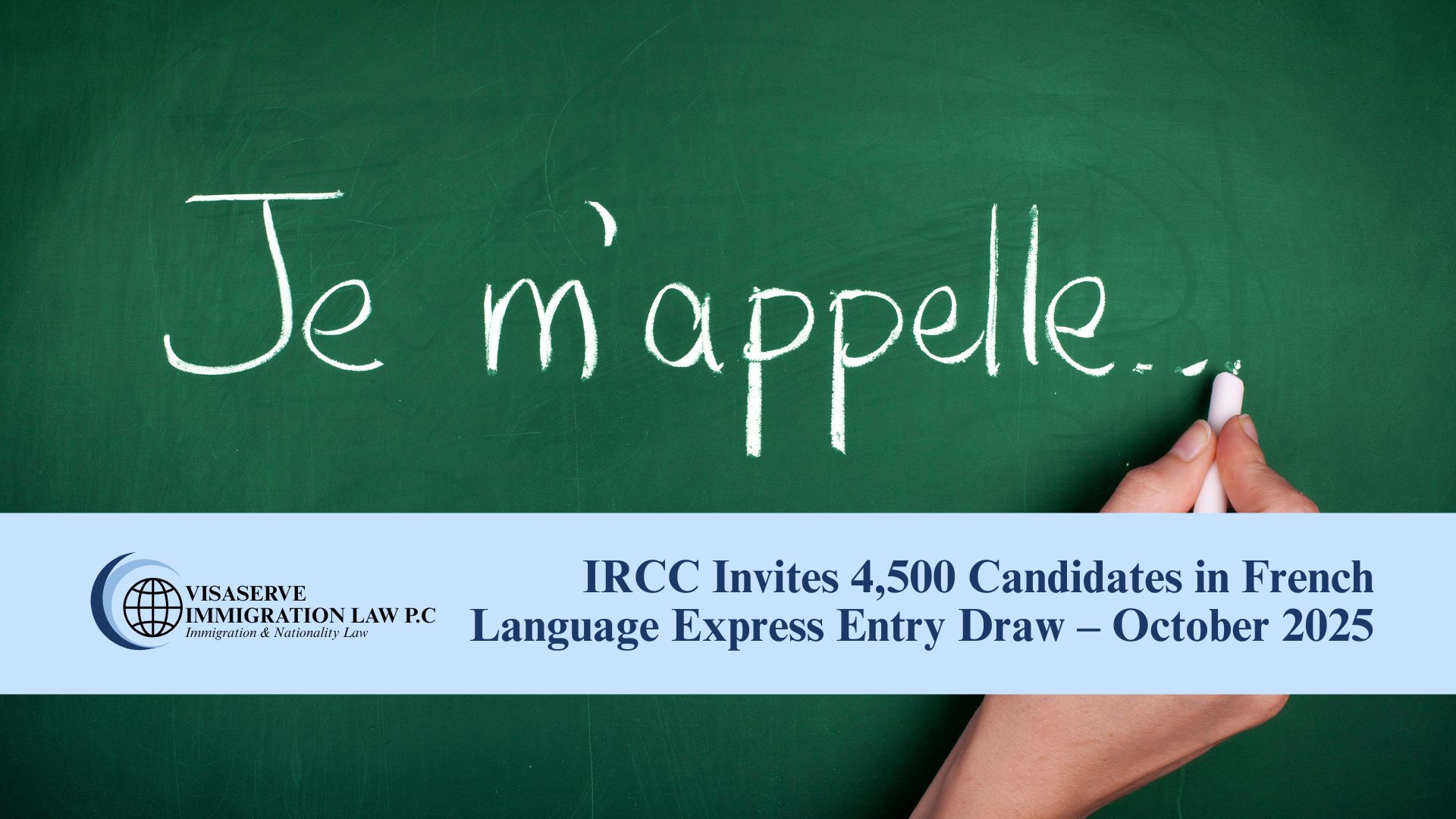Canada remains a preferred destination for international students due to its high-quality education system and accessible immigration pathways. For many, graduation marks the beginning—not the end—of their journey in Canada. This blog explores the main post-graduation immigration options available to international students, including the Post-Graduation Work Permit (PGWP), Express Entry, Provincial Nominee Programs (PNPs), and permanent residency routes, all corroborated by Immigration, Refugees and Citizenship Canada (IRCC).
1. Post-Graduation Work Permit (PGWP): Your First Step
The PGWP allows graduates of eligible Canadian designated learning institutions (DLIs) to obtain an open work permit and gain Canadian work experience. This experience can count toward permanent residence under programs like the Canadian Experience Class (CEC).
Key Eligibility Criteria:
-
Completion of a full-time program lasting at least 8 months
-
Graduation from an eligible DLI
-
Application within 180 days of receiving written confirmation of program completion
Permit duration typically matches your program length, up to a maximum of 3 years.
Note: As of May 2024, graduates of certain private institutions are no longer eligible. Always verify eligibility on IRCC’s official PGWP page.
2. Express Entry: From Temporary to Permanent
International graduates can qualify for permanent residence through the Express Entry system, particularly under the Canadian Experience Class. Factors such as age, Canadian education, language proficiency, and work experience help boost your Comprehensive Ranking System (CRS) score.
Benefits for Graduates:
-
Additional points for Canadian education
-
Work experience through PGWP counts towards CEC eligibility
-
Faster processing times
Check the latest IRCC rounds of invitation for updates.
3. Provincial Nominee Programs (PNPs): Province-Specific Pathways
Many provinces offer dedicated immigration streams for international graduates. These programs target regional labor needs and can fast-track permanent residency.
Examples:
-
Ontario International Student Stream (Employer Job Offer)
-
BC International Post-Graduate Category
-
Manitoba International Education Stream
These programs typically require either a job offer, relevant work experience, or graduation from a local institution. Explore province-specific options via the IRCC’s PNP overview.
4. Dual Intent and Long-Term Strategy
Canada allows international students to have dual intent, meaning you can simultaneously pursue temporary status (e.g., a study or work permit) and permanent residency. This policy helps students plan their future with transparency and legitimacy.
Final Thoughts
Whether you’re currently studying in Canada or have recently graduated, understanding your immigration options is key to long-term success. From the PGWP to Express Entry and PNPs, the Canadian immigration system provides multiple structured pathways toward settlement.
Need Legal Support?
At Visaserve Immigration Law P.C., we assist international students and recent graduates in building a clear, legally sound immigration strategy. Our team ensures your applications meet current IRCC requirements and help you avoid costly missteps.







